
Imagine hearing the sound of rushing water in the basement beneath you. Anyone dealing with plumbing problems involving the backflow of wastewater in a finished basement with carpet or carpet tiles may wish they knew a bit more about backflow valves beforehand. Saying such matters are a mess would be a gross understatement with a pronounced emphasis on 'gross'. Anyone yet to encounter such an issue could be curious about prevention. Clearly, before proceeding, it is important to research such unsavory matters.

Obviously, this is NOT a Do-It-Yourself (DIY) type of project. In our case, a professional was contacted and a crew dispatched to our location for the purpose of assessing the problem. After the crew found that the sewage drainage pipe was clogged, they snaked the pipes and recommended an inspection of these pipes, which involved using a special snake with a camera attached to its tip that revealed severe problems within this drainage pipeline.
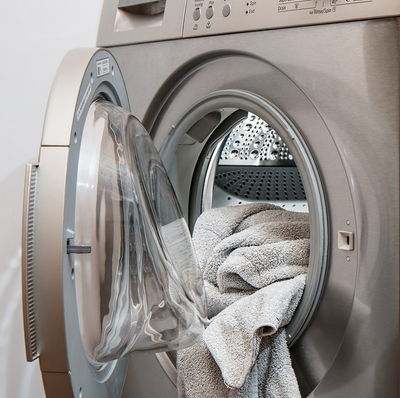
What was the source of the problem? Over time, tree roots worked there way underground into this drainage pipeline, which obstructed the path within the pipe preventing it from fulfilling its intended purpose: draining the wastewater. When the tree root blockage caused the pipe to clog, it wasn't pretty. It spit back raw sewage into the finished basement; through the open Stand pipe (AKA: discharge pipe) next to the washing machine at a time when large volumes of water were sent into the sewage drain pipe after the wash cycle.

It's safe to presume the root cause of the problem (pun intended) were the uninvited tree roots in the sewage drain pipe. The wastewater that discharged through the open Stand pipe was possible because it did not have a protective cap. This cap, which is available, may have prevented the backflow of wastewater into the basement; a preventive measure to be remembered.
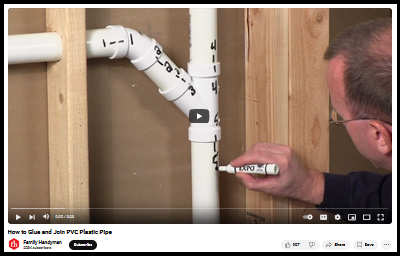
A plumber suggested replacing sewage drainage pipes installed decades ago made with compressed cardboard and tar with new drainage pipes made with PVC, which are more durable. Do It Yourselfers (DIYers) may find the instructional video about PVC pipes somewhat useful. This particular video instructs curious viewers: how to glue and join pvc pipes (Family Handyman).
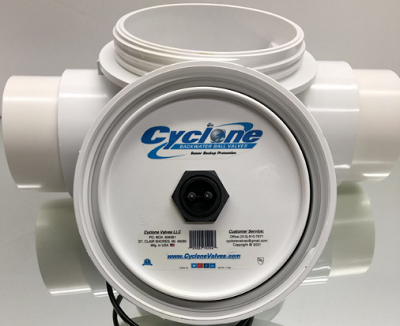
To prevent future flooding of wastewater, we may have a backflow valve installed onto the Main sewage drainage pipe. Additionally, we may have a protective cap installed onto the open Stand Pipe; located in our basement to the left of the washing machine. It should prevent sewage backflow from the main line and should prevent sewage from spitting out of the open Stand pipe.

The valve prevents wastewater backflow by closing off the main sewage valve during heavy rainstorms and other events. When they are closed, remember to limit water usage in the house up until the volume returns to normal levels.
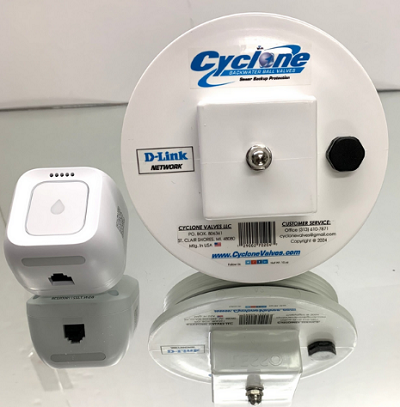
A wireless D-Link WiFi alarm can alert homeowners if the valve is triggered.
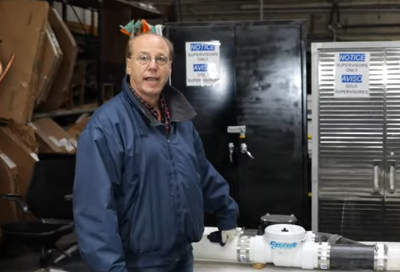
As the volume returns to normal levels, the backflow valve opens up again.
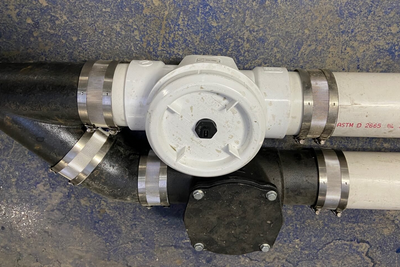
Backflow valves are specifically designed to block the drainpipes temporarily.
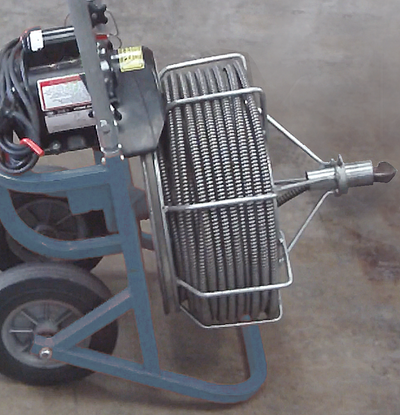
It is important to remember that backflow valves must be easily accessible because they require yearly maintenance. There are other plumbing issues that may arise in homes equipped with backflow valves. For example, snaking clogged sewage pipes with a backflow valve on the main valve could be tricky for plumbers using a snake to clean out the pipes, as the snake could damage the device within the valve that blocks the backflow during higher sewage volume situations. It is important for plumbers snaking your line to know exactly where the backflow valve is installed on the main sewage line.
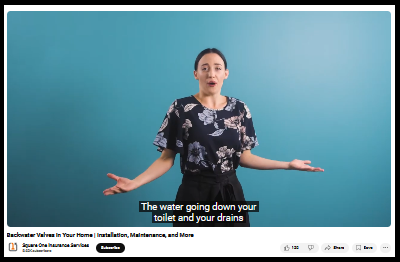
Humorous video advocating for installation of backflow (backwater) valves.


Floor Covering Media is
a social media network.

Retrieve timely, objective news and
information at https://www.floorsearch.info.

















































































